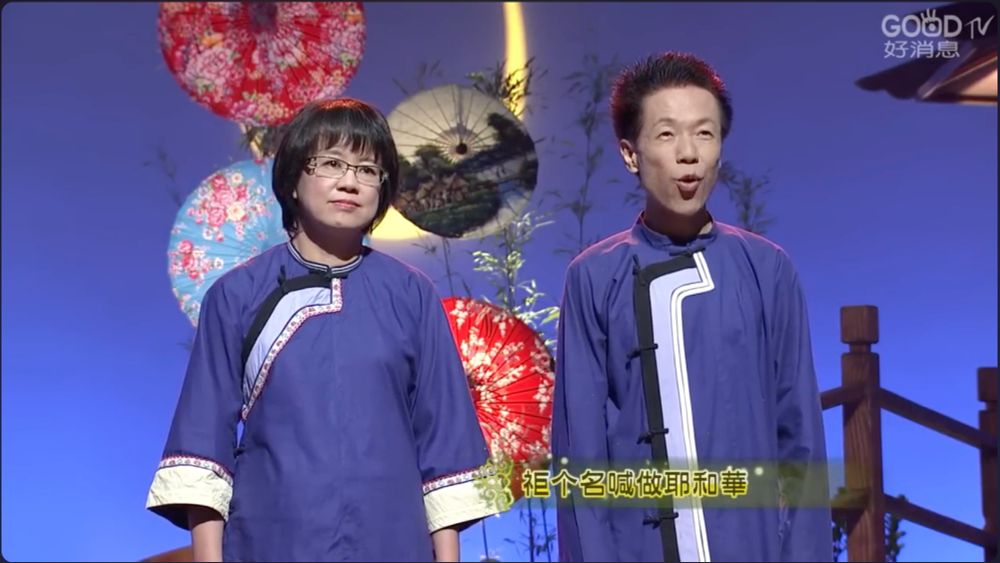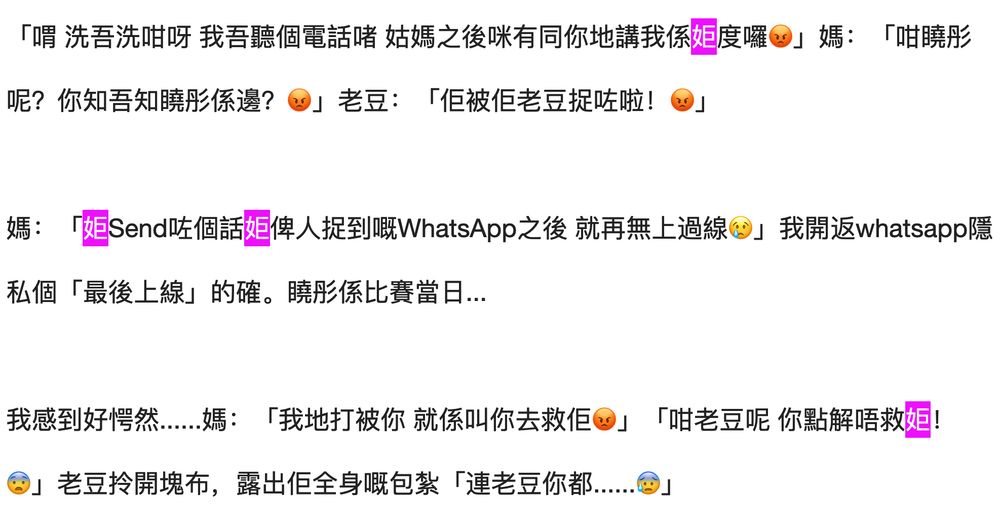效基督、學語言、語言學。箴三5–6。
🇨🇦🇭🇰😅
大家好,我嘅研究需要您嘅參與!請大家幫手分享出去!
Link to the registration form 報名表格: forms.office.com/r/sVQfiPYUhD
#Cantonese #廣東話 #Toronto #多倫多


大家好,我嘅研究需要您嘅參與!請大家幫手分享出去!
Link to the registration form 報名表格: forms.office.com/r/sVQfiPYUhD
#Cantonese #廣東話 #Toronto #多倫多


This character is already under the radar of the Ideographic Research Group, so hopefully this will be encoded soon 😊 hc.jsecs.org/irg/ws2024/a...

This character is already under the radar of the Ideographic Research Group, so hopefully this will be encoded soon 😊 hc.jsecs.org/irg/ws2024/a...

One exception among these is 虺, which is the rare retention of the ancient (probably Sino-Tibetan) word for snake in Waxiang! /4

One exception among these is 虺, which is the rare retention of the ancient (probably Sino-Tibetan) word for snake in Waxiang! /4
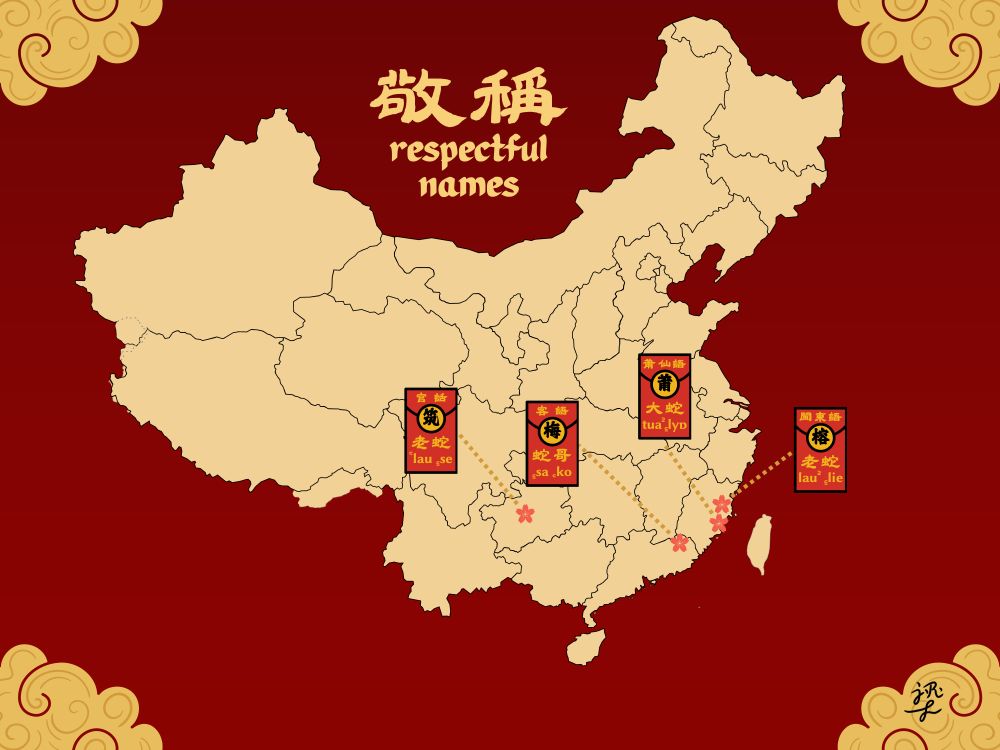
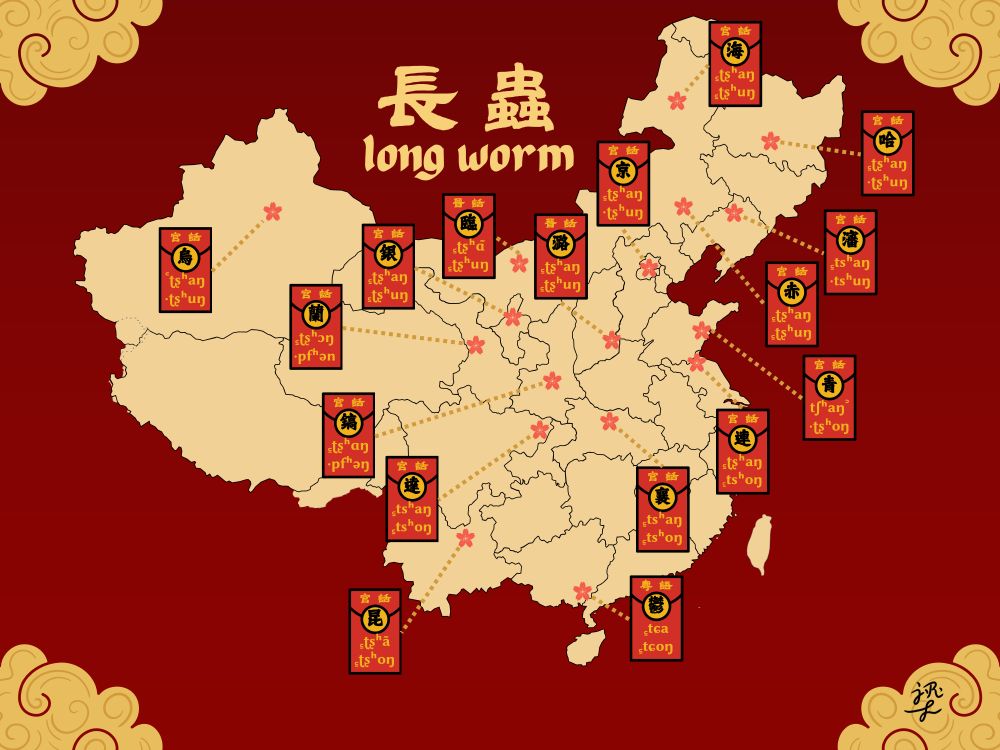
Here are different ways the Chinese languages have landed on naming the slithery creature 🧵
The most common name is 蛇, attested in the oracle bones as 它. (The etymology of this word is uncertain; see en.wiktionary.org/wiki/%E8%9B%87) /1

Here are different ways the Chinese languages have landed on naming the slithery creature 🧵
The most common name is 蛇, attested in the oracle bones as 它. (The etymology of this word is uncertain; see en.wiktionary.org/wiki/%E8%9B%87) /1
6/

6/
1) 乜誰 mat1 seoi4(-2) 'who' (found on page 2) was used neutrally in questions back then. Nowadays, this term has a negative connotation, and the neutral term has become 邊個 bin1 go3.
5/
![From 片岡新 [Shin Kataoka] and 李燕萍 [Yin-Ping Cream Lee], 2022, 晚清民初歐美傳教士書寫的廣東話文獻精選 [Selected Cantonese Publications by Western Missionaries in China (1828-1927)], p. 122, https://www.cuhk.edu.hk/ics/clrc/kataoka/3.3.pdf
乜誰: 我們翻閱晚清時期的廣東話文獻,發現當時的廣東話表示「誰」的時候幾乎都用「乜誰」,不用現代廣東話最常用的「邊個」。Mary《述史淺譯》中寫着「耶穌係乜誰」。由此可見,當時的「乜誰」是中性詞,不帶褒貶。現代廣東話也說「乜水」,但是「乜水」偏向貶義,經常小看別人的時候使用。其實「乜」表示「甚麼」,而「水」(seoi2)則是「誰」(seoi4)的變調。也就是說,「乜水」原本應該寫成「乜誰」。](https://cdn.bsky.app/img/feed_thumbnail/plain/did:plc:w32anip3cbsr3b5v6cz7vglm/bafkreicj22wiwggwcr3x2xozyulefzrnizf7liqrmjvhpmdyfprjds55bu@jpeg)
1) 乜誰 mat1 seoi4(-2) 'who' (found on page 2) was used neutrally in questions back then. Nowadays, this term has a negative connotation, and the neutral term has become 邊個 bin1 go3.
5/



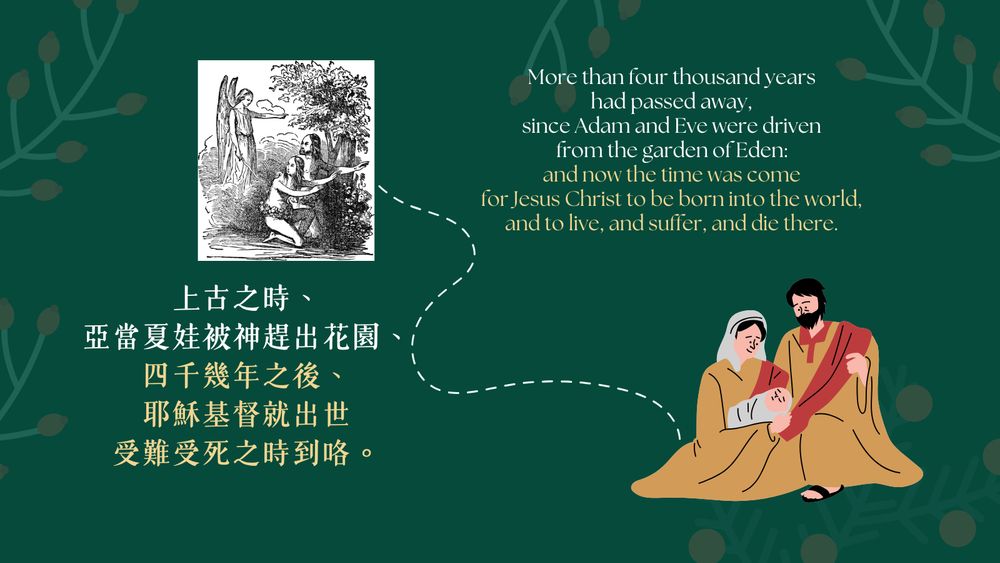



(Some of the illustrations are from Good News Productions, International.)




(Some of the illustrations are from Good News Productions, International.)
![Title page:
Ба Эрса сын‑ёнхали
把爾撒生養下了
Dungan from Шын Җинди гўсы《聖經的故事》
(2015, Institute for Bible Translation)
[Chinese characters added by Justin Leung]](https://cdn.bsky.app/img/feed_thumbnail/plain/did:plc:w32anip3cbsr3b5v6cz7vglm/bafkreieqgxbwenh4ponbon2xgmq2pkqwxqj5ehs6ffvv5o6fllu6ush36i@jpeg)
![Title page:
Fröhlich sol mein herze springen
German: Praxis pietatis melica, 5th edn. (1653, Paul Gerhardt)
A Song of Joy at Dawn
English: Lyra Germanica, 2nd series (1858, transl. Catherine Winkworth)
Sèng-tàn siōng 聖誕頌
Taiwanese: Tâi-oân Kàu-hōe Kong-pò 台灣教會公報
(1950, transl. Kó͘-lâu chú-lâng 古樓主人)
[Chinese characters based on the characters recommended by the Taiwanese Ministry of Education]](https://cdn.bsky.app/img/feed_thumbnail/plain/did:plc:w32anip3cbsr3b5v6cz7vglm/bafkreibt5ow5nko3fgbuux5kugyqj7lfgvol4xuue5c4wvz5ay2hytogzu@jpeg)
![Title page:
Fröhlich sol mein herze springen
German: Praxis pietatis melica, 5th edn. (1653, Paul Gerhardt)
A Song of Joy at Dawn
English: Lyra Germanica, 2nd series (1858, transl. Catherine Winkworth)
Sèng-tàn siōng 聖誕頌
Taiwanese: Tâi-oân Kàu-hōe Kong-pò 台灣教會公報
(1950, transl. Kó͘-lâu chú-lâng 古樓主人)
[Chinese characters based on the characters recommended by the Taiwanese Ministry of Education]](https://cdn.bsky.app/img/feed_thumbnail/plain/did:plc:w32anip3cbsr3b5v6cz7vglm/bafkreif55llp5stmqgsi5677ezeeo5l52wepmv2tvumwqgfxs74hjgkvdm@jpeg)



pháiⁿ-lâng 惡人 > 歹人
m̄ 不 > 呣
mî-jı̍t 冥日 > 暝日


pháiⁿ-lâng 惡人 > 歹人
m̄ 不 > 呣
mî-jı̍t 冥日 > 暝日
www.youtube.com/watch?v=tntR...
I suspect ⿰礻尹 is not used because 1) there is a tendency to use 訓讀 over creating new characters and 2) there is no Unicode support.

www.youtube.com/watch?v=tntR...
I suspect ⿰礻尹 is not used because 1) there is a tendency to use 訓讀 over creating new characters and 2) there is no Unicode support.
